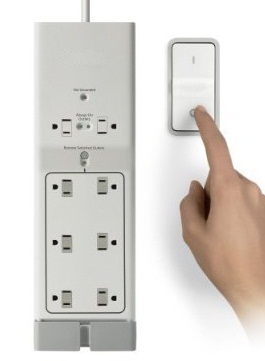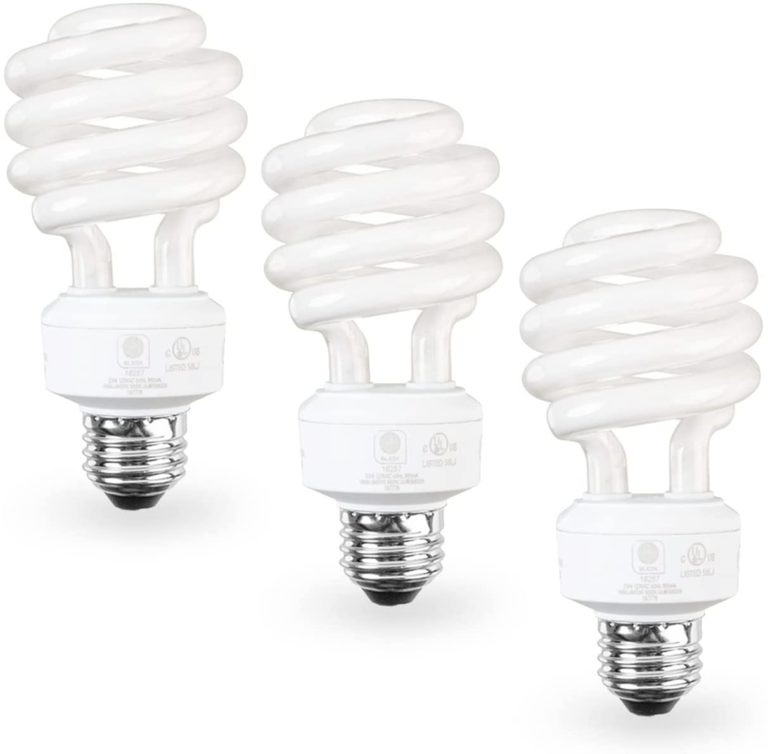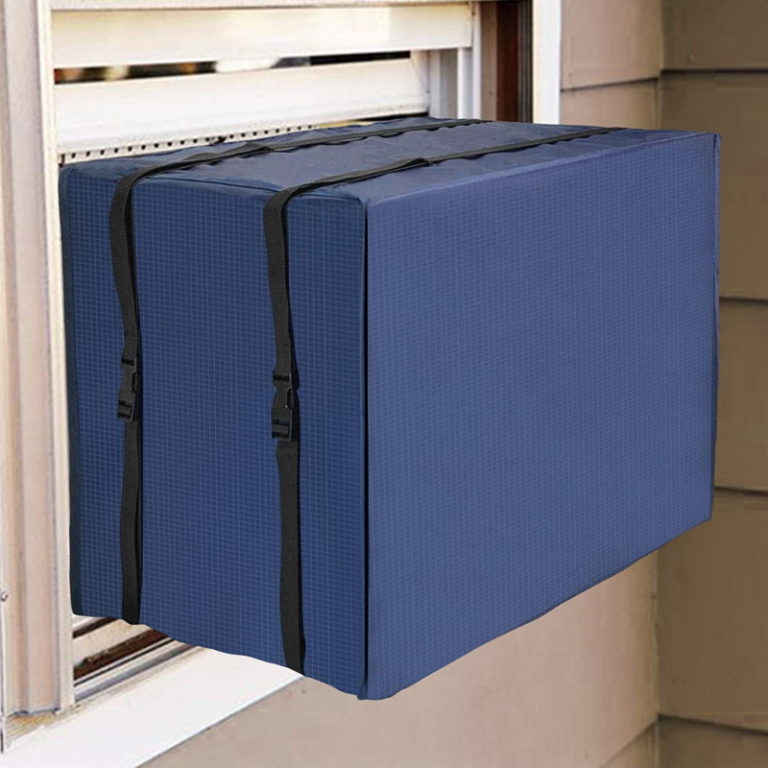Simple Energy Saving Tips to Save the Earth.
Every use of energy has an effect on our land, water, and air.
And every one of us can do simple things to reduce the impact of our energy use on the environment.
Follow These Simple Energy Saving Tips
Space Heaters:
All 1500-watt electric space heaters- no matter how they look or how big they are- put out the same amount of heat.
Energy Facts:
A space heater costs less to run than your furnace. Cost up to 20 cents an hour to run; if furnace ran for an hour, according to The U.S. Department of Energy an annual gas use of 660 therms at a cost of $660, or almost 31.7 cents an hour. Of course, you’d also be heating up the whole house, as opposed to one room.
Simple Ways to Save Energy:
● Put on a sweater before turning up the heat.
● Don’t leave your heater on if you don’t need to. (If you leave the house for an extended period, and there is no possibility of frozen pipes, or affecting someone’s health. Turn the heater off when you’re not home.)
Thermostat
Is your thermostat accurate? Chances are that the temperature sensor is being affected by frigid air coming through the opening where the thermostat is mounted.
Keeping control of your thermostat is one of the simplest ways you can save a great deal of energy and money- all year round.
The Google Nest thermostat learns from you and programs itself accordingly.
The Home/Away Assist setting adjusts the temperature after you leave. You can even control your thermostat from anywhere using the Nest app on your phone.
Energy Facts:
● During the winter, you can save as much as 2% – 3% of the energy your furnace uses simply by lowering your thermostat.
● In summer, the process is reversed. You save 3% – 5% of the energy used by your air conditioner for every degree you raise the thermostat setting.
Plug holes on the wall behind the thermostat with a piece of fiberglass insulation.
Heating Ducts
Leaking ducts can reduce the efficiency of your heating system by up to 20%.
Ducts are a critical part of making your home energy efficient. If they’re leaking air – which they almost always do – or if they’re losing heating because they’re un-insulated, they’re contributing as much to global warming as they are to keeping you warm.
Energy Fact:
● You can save up to 10% of your heating or cooling costs by insulating and tightening up ducts.
● Even if the air is not actually escaping from an uninsulated duct, you lose a lot of heat through its thin metal walls.
● When the first air that comes out of the vent after you turn on the heater is chilly for a long time, you know your ducts are uninsulated and you’re wasting energy.
Tune Up Your Heating System:
The cost of heating and cooling homes can make up more than half of a utility bill.
The American Council for Energy-Efficient Economy puts it this way: “The single most important thing people can do to save energy in their homes is to make sure their furnaces are running efficiently.”
Energy Facts:
● Heating and cooling systems in the United States together emit over a half-billion tons of carbon dioxide into the air each year, adding to global warming.
● They also generate about 24% of the nation’s sulfur dioxide and 12% of the nitrogen oxide, the chief ingredients in acid rain.
● The California Energy Commission estimates that 31% of a typical household’s annual energy use goes to heat.
Simple Ways to Save Energy:
Get a Furnace Tune-Up:
● This means testing it for combustion efficiency and pollutants.
● Clean or replace dirty filters. Clean intake screens, condenser coils, supply registers, and return grills.
● Keep your furnace lubricated and properly adjusted including calibrating the thermostat.
● Gas furnaces should be tuned every two years; oil furnaces should be tuned up annually.
Call a heating contractor for details and estimates.
Heating Tips:
● During the heating season, change or clean your air filters once a month. Your heater uses more energy when the filter is full of dust.
If you have a Hot Water/Steam System:
Put a reflector behind your radiator (you can buy or make it by taping aluminum foil on cardboard). This saves energy and cash by throwing back the heat you’d normally lose through the wall.
Lighting
Lighting accounts for 10% of all electricity consumed in the United States. Over half of that electricity is used in business and manufacturing.
According to the World Resource Institute, the production of energy for lighting accounts for 10% of all emissions of carbon dioxide, the main greenhouse gas.
For 5% to 10% of your residential energy bill goes to pay for lighting.
Energy Facts:
●“Energy-Saving” incandescent bulbs usually save energy simply because they put out less light than their regular counterparts. Check out the “lumens” rating on the package for the amount of light emitted.
● Opening curtains during the day will save lighting energy. Direct sunlight is 100 times brighter than the light from a strong reading lamp.
Simple Ways to Save Energy:

● When you leave the room, turn off the light.
● Use only as much wattage as you need.
● Dust the bulbs.
● Use fewer bulbs in multi-bulb fixtures.
Compact Fluorescent Light Bulbs:
If every American household replaced just one incandescent bulb with a compact fluorescent, it would reduce electricity demand by more than 5 gigawatts – the average output of five nuclear power plants.
Energy Facts:
● Compact fluorescents screw into regular incandescent bulb sockets and give off the same light… for a quarter of the energy. They also last 10,000 hours, about 10 times as long as incandescent.
● For every incandescent bulb, you replace with a compact fluorescent, you’ll save the equivalent of about 500 pounds of coal over the life of the bulb, and you’ll reduce carbon dioxide by up to 1,300 pounds a year.
When buying compact fluorescent lamps, look for the Energy Star label.
Outdoor Lights:
Outdoor lighting accounts for about 10% of all lighting in homes.
Solar Lighting:
● Use outdoor solar lighting when possible. Make sure replacement bulbs and batteries are available.
Cooking:
● Microwaves use around 66% less energy than conventional ovens. They’re most efficient for small portions or defrosting; for large items like turkeys, Microwaving is less efficient.
● Pressure cookers are considerably more energy-efficient than regular ovens.
● Believe it or not: Every time you open your oven door during cooking, you lose between 25˚ to 75˚ of heat.
Incentives-Policies for Renewables & Efficiency
Simple Ways to Save Energy
● Check the reflectors under your stovetop burners. The cleaner they are, the better they’ll reflect heat. If you need new ones, buy good-quality models.
● Check the seal on your oven door to see if there are cracks or tears in it. Even a small tear or gap is room enough for a lot of heat to escape. It pays to keep the seal clean to get better heat retention.
● If you use glass or ceramic baking dishes, you can lower the baking temperature by 25 degrees Fahrenheit, since these materials retain heat better than others.
● Do not preheat the oven longer than necessary. Ten minutes should be sufficient.
Preheating is not necessary when broiling.
● Make sure stovetop electric coils are working properly. A worn-out element is a real power drain.
● Put a lid on it! Lids help keep heat in and speed up cooking time.
Insulation

If just 10,000 natural gas customers insulated their attics, 50 million fewer pounds of carbon dioxide would be released into the air each year. If their homes were heated electrically, it would be 140 million pounds.
If there’s one bit of energy advice you’ve heard constantly, it’s “insulate your home.”
What is Insulation?
Insulation works by trapping small pockets of air as buffers between warm and cold zones inside and outside your house.
● Insulation can be made of several different materials- cellulose (shredded newspaper), fiberglass, or rigid plastic foams of various sorts.
● Insulation is measured by its “R-value”- its resistance to heat flow. If you double the R-value, you cut heat loss in half.
● Attic insulation-the most important-can save energy, and money, for both heating and air conditioning.
● Install proper ventilation in your attic and crawl space. This prevents moisture from becoming “trapped” in the insulation.
● Insulate your walls to achieve the best insulation results.
Caulking & Weather-stripping
The gaps you can find around the windows and doors of the average American house add up to the equivalent of a hole in the wall that measures 10 inches by 10 inches.
There are cracks all over your house. Your doors and windows don’t quite meet their frames; there are tiny spaces where the walls almost join the floor; there are open areas around your electrical and plumbing outlets. And these little gaps eat energy. But you have two ways to fight back: caulking and weather-stripping.
Energy Facts:
● Caulking and weather-stripping an electrically heated home can keep some 1,000 pounds of CO2 out of the air. So, if 1,000 of these homes were weatherized, over a million pounds of CO2 would be saved.
● Believe it or not, stopping air infiltration can reduce your home’s heating and cooling bills by up to 40%.
Windows:
An un-insulated drape can cut a third of the heat loss through a window.
An insulated drape can reduce it by half.
Drapes, window shades, and blinds can be an effective way to keep your home comfortable and environmentally sound.
Energy Facts:
● Drapes save energy effectively only if they fit tightly against the window and the floor. Usually, this means a valance at the top, side guides, and weighted hem.
Or try adding in edge seals such as Velcro or magnetic stripes.
● If you install a window covering on a window that faces north, you could save up to 5% of your home heating and cooling cost. In summer, savings increase significantly if you put the same coverage on the south- and west-facing windows.
Simple Ways to Save Energy:
● Use your drapes. Open them on sunny winter days to let the warmth in; close them on winter nights to help retain heat; close them on sizzling summer days to help keep the sun out.
● Add an insulating lining to your draperies. Installing insulated window coverings that create a sealed air gap between the window and the living space can reduce heat loss through the window by 25% to 50%.
● Install white blinds on the south – and west-facing windows to keep the sun from broiling your house in the summer. Better yet, put them outside the house to keep the wall and window shade.
Information provided by The Earth●Works Group.
Every use of energy has an effect on our land, water, and air.
And every one of us can take simple steps to reduce the impact of Global Warming.





